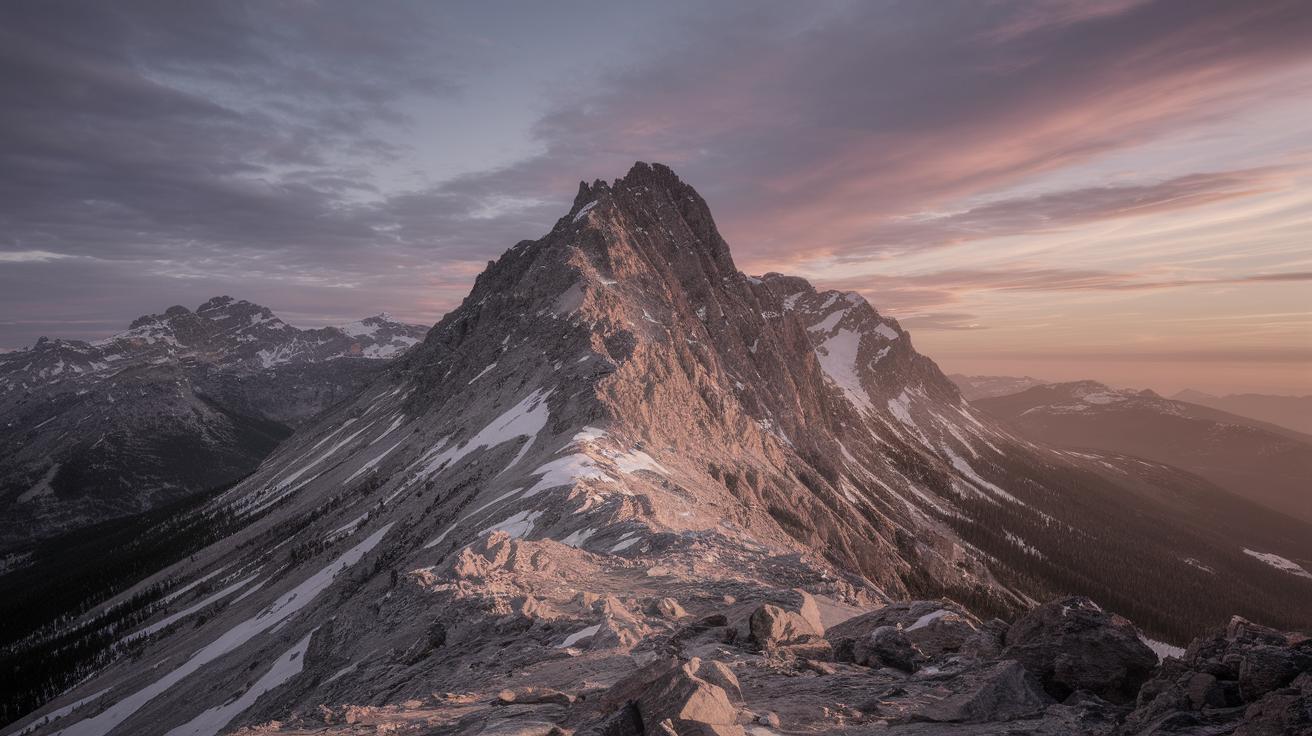How Does ISO Influence Image Quality?
ISO is a pivotal aspect of photography that can greatly affect image quality. Understanding ISO and its impact is essential for photographers who aim to capture stunning images. This blog post delves into the intricacies of ISO, explaining its definition and role in photography, common values, and how it is not technically part of exposure. Readers will also learn how ISO values influence noise visibility and impact image quality. The article provides guidance on when to opt for high or low ISO settings based on shooting conditions. Additionally, we’ll dispel common myths and misconceptions about ISO and discuss strategies for minimizing noise. Lastly, we’ll offer the convenience of downloading this comprehensive guide as an eBook for your reading pleasure.
A Quick Introduction To ISO
ISO stands for International Organization for Standardization, which standardizes sensitivity ratings for camera sensors. It plays a crucial role in digital and film photography, influencing how images turn out in different lighting conditions. By adjusting the ISO setting on your camera, you can either make the sensor more or less sensitive to light.
For photographers, mastering ISO is pivotal. It’s one of the core elements of the exposure triangle, alongside shutter speed and aperture. By understanding and manipulating ISO settings, photographers can better control their images’ brightness and quality, especially in challenging lighting scenarios.
ISO is a Critical Camera Setting, But It Is Technically Not Part of Exposure!
While ISO is fundamentally linked to how your image turns out, it is technically not an aspect of exposure. Exposure primarily involves the actual amount of light that reaches the camera sensor, which is controlled by shutter speed and aperture. ISO, on the other hand, affects how the sensor amplifies the signal once light is captured.
Though it influences the image’s brightness, ISO settings can often be misunderstood as part of the exposure settings, primarily because of their integral role in making an image appear brighter or darker. However, it technically doesn’t alter the actual light captured by the sensor and instead adjusts the brightness of the photo electronically.
What is ISO?
What is the Meaning of ISO?
ISO in photography refers to the level of sensitivity of your camera to available light. It originates from film photography, where ISO determined the film’s sensitivity to light. In digital photography, ISO performs a similar function, adjusting the camera sensor’s sensitivity to light.
The basic concept revolves around making the sensor more sensitive to light, allowing for better capture in various lighting settings. This sensitivity adjustment helps photographers achieve their desired image quality and comes into play particularly when balancing other factors like aperture and shutter speed.
Common ISO Values
ISO values typically range from 100 to 6400 on most modern cameras, although advanced models might offer even higher ranges. The standard progression follows: 100, 200, 400, 800, 1600, 3200, and 6400. Each increment effectively doubles the sensor sensitivity, allowing more flexibility in low-light or dynamic lighting conditions.
Lower ISO values are generally preferred for brightly lit situations as they offer cleaner images with reduced noise. Conversely, higher ISO values allow for shooting in dim or challenging lighting conditions by increasing sensitivity, but this often results in increased graininess or visible noise in the captured image.
What is Base ISO?
The base ISO refers to the lowest native ISO setting of a camera’s sensor, typically 100 or 200. This is the ISO setting at which the sensor performs optimally, delivering the highest image quality with the least noise and the greatest dynamic range.
Shooting at the base ISO is ideal for well-lit environments where you can afford to take advantage of the camera’s full potential for color and detail. It is at this setting that the camera can capture the richest tonality and finest details, free from the noise that can accompany higher sensitivities.
Low vs High ISO Noise Visibility
Noise is the grainy appearance seen in digital images, particularly more visible at high ISO settings. This can detract from image quality by obscuring details and making images look less sharp. As the ISO increases, so does the amplification of signal noise, leading to more noticeable grain and reduced image clarity.
Lower ISO settings, conversely, tend to produce cleaner images with finer details and smoother tones, as less amplification is involved. Photographers must strike a balance between the need for higher sensitivity and the resulting increase in noise, often leaning on techniques and equipment like noise reduction software or cameras with better high-ISO performance.
How to Change ISO
Changing the ISO setting is straightforward on most cameras, usually operated via a dedicated ISO button or through the camera’s main menu system. Some cameras feature a rotary dial that can be spun to adjust ISO values either up or down based on immediately visible feedback.
Regular practice with ISO changes allows photographers to quickly adapt to changing lighting conditions without missing a shot. Familiarizing yourself with your camera’s manual and practicing in different environments can give you the confidence needed to manipulate ISO settings effectively.
What Camera ISO Should You Use?
When to Use Low ISO
Low ISO values are typically used in bright conditions where ample natural light is available, such as shooting outdoors during the day or in a very well-lit studio. In these circumstances, a low ISO will contribute to reduced noise levels and clearer image quality.
Additionally, when using a tripod or when motion blur is not a concern, a low ISO can be quite advantageous, ensuring the richest possible detail and the least noise, contributing to a high-quality result.
When to Use High ISO
High ISO values come into play in low-light conditions, such as evening photography, indoor events, or any scenario where there’s limited available light. They allow for faster shutter speeds, helping to prevent motion blur, especially in handheld or moving shots.
Although high ISO can increase noise, it enables capturing images that may otherwise be too dark or blurry. Understanding the trade-off between exposure and noise at high ISOs allows for creative flexibility and the ability to capture moments otherwise missed.
Minimizing Noise and Maximizing Image Quality
To minimize noise while maximizing image quality, stick to the lowest possible ISO setting suitable for the lighting condition. Employing noise reduction techniques in post-processing can also help, using software like Adobe Lightroom or Photoshop to reduce grain without significantly affecting detail.
Additionally, equipment choice, such as lenses with wider apertures and cameras with better low-light performance, can make a significant difference in outcomes. Practicing good light management and understanding how different settings interact will also enhance the final results.
Common ISO Myths and Misconceptions
One common misconception is that higher ISO settings inherently produce inferior images. While increased sensitivity can introduce noise, modern cameras handle high ISO settings significantly better, rendering this blanket assumption obsolete in many cases.
Another myth is that one should always strive to shoot at base ISO. While ideal for optimal quality, real-world conditions often require flexibility with ISO settings, especially in dynamic or low-light environments. Learning when and how to adjust ISO is more critical than simply sticking to a single recommendation.
Download as an eBook
To further enrich your understanding of ISO and maximize your photographic skills, consider downloading this comprehensive blog post as an eBook. This allows you to revisit the information any time and at your convenience, and serves as a valuable resource in your photographic journey.
Embrace the intricacies of ISO with this handy reference, and learn to wield your camera with enhanced expertise, capturing images that are both technically refined and creatively satisfying.
Final Thoughts
| Topic | Details |
|---|---|
| ISO Definition | Sensitivity of camera sensor to light. |
| Exposure Relationship | Not part of actual exposure; affects brightness by signal amplification. |
| Common Values | Ranges from 100 to 6400 (and beyond on some models). |
| Base ISO | Lowest setting offering optimal performance, typically 100 or 200. |
| Noise Visibility | Higher ISO increases noise visibility. |
| Changing ISO | Simple process, varies by camera; check manual for specifics. |
| Low vs High ISO Usage | Low for bright conditions, high for low-light scenarios. |
| Noise Minimization | Use lowest necessary ISO, employ noise reduction techniques. |
| Myths | High ISO’s negative image quality reputation is outdated. |


